Last Updated on 14/09/2024
The region from Heidelberg to Frankfurt is usually overlooked by tourists. However, touristic route Bergstrasse has its own character and a fair number of quite decent attractions. It is not suitable for a full-fledged vacation, but for a pleasant few days, a day trip or a stop along a long route – quite excellent. You can get around by car, train or bike. The best time is spring and autumn.
Odenwald sightseeing
Maps nearby:
North: Spessart. Mespelbrunn castle
East: Romantic Franconia
From Ulm to Ellwangen. Albtrauf and Bavarian Swabia
North-West: Attractions around Frankfurt am Main, along the Rhine to Koblenz
Castles on the Middle Rhine on the map. 1. From Rüdesheim to Bacharach
South: Castle Road (Burgenstrasse). 1. Neckar cycle route Mannheim – Eberbach
Castle Road. 2. Neckar valley cycle route. From Zwingenberg to Bad Wimpfen
Castle Road. 3. From Sinsheim to Rothenburg ob der Tauber
90+ parks and gardens in Germany on the map
Bergstraße – route of flowers, ruins, timbered houses and vineyards
Before you set off on the route, you can climb up to the ruins of Frankenstein Castle. It is related to Frankenstein only by name. Apparently, the author, who once passed through here, borrowed the name. At the top there is a restaurant and beautiful views.
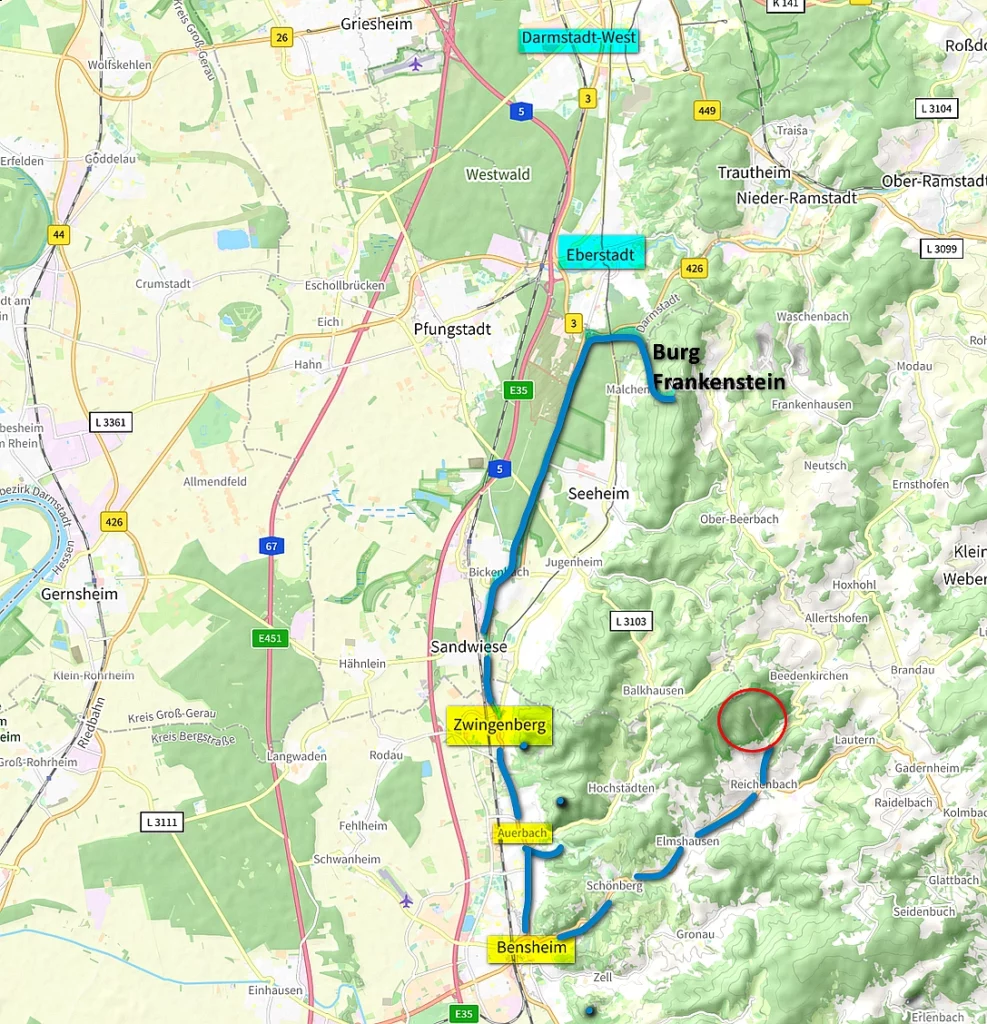
Zwingenberg
Old town.
Ruins Alsbach Schloss.
Auerbach
In Auerbach there is the landscape park Staatspark Fürstenlager and the picturesque ruins of Auerbach.
Bensheim
Bensheim has a fairly large, but rather average old town.
You can get there by train.


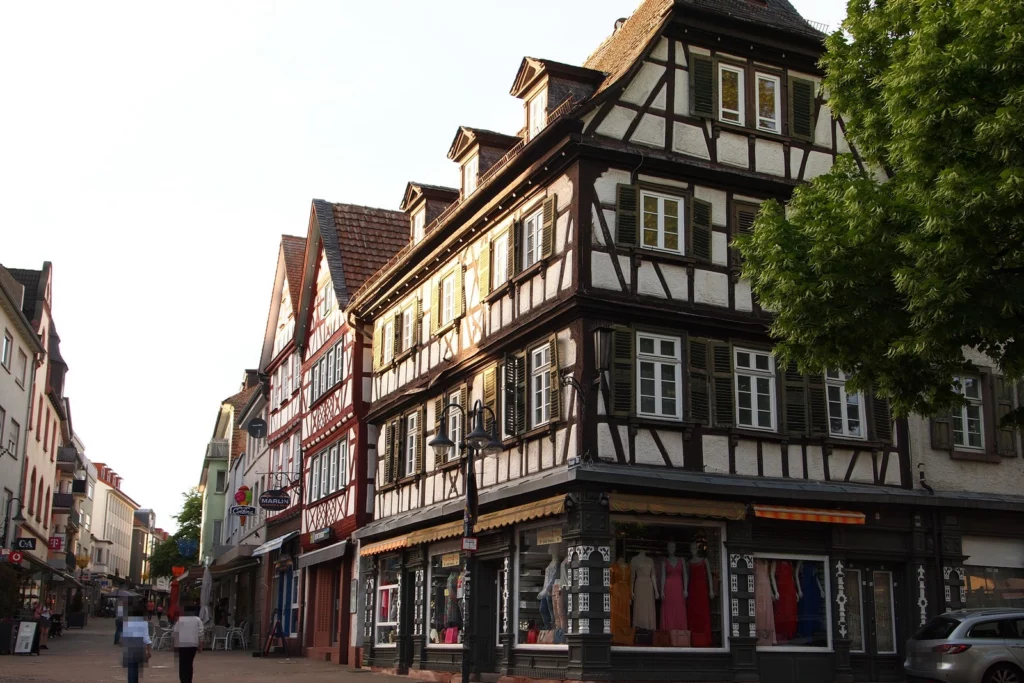

Felsenmeer in Lautertal
In short and as far as I understand:
– geological formation is the result of the joining of ancient continents to form Pangea. In those days they were still at the equator.
– pebbles called quarzdiorit a depth of 10 km cooled and shriveled and cracked.
– When the Rhine Valley was formed, stones came out. There were more cracks, the stones acquired their own specific shape.
– during the Ice Age, all this froze and when it melted, small stones, sand and gravel were carried away, but the stones remained in this form.
If you are short on time, then you can only see the giant stone tongue descending into the valley. To do this, you need to drive a couple more kilometers from Bensheim deep into the Odenwald and follow the signs for Felsenmeer. If you have more time, you can take a walk through the local mountains: on the slopes there are stones of various shapes.
Everyone, of course, climbs on rocks, although there is a good serpentine road nearby. This seems easy, but the problem is that the easy segments tend to change into the hard segments without warning. Many stones are larger than human height, and there are correspondingly sized gaps between them. Feeling the need to “look after the child,” who was jumping up the rocks with the ease of a mountain goat, I decided to remember my youth and climbed after him. Everything was going well until the moment when for some reason I looked down and saw cracks a couple of meters deep on all sides. It’s a terrible feeling when you realize that you can’t go forward or backward and you’re standing in an embrace with a stone.
Exit of a stone tongue into the valley.
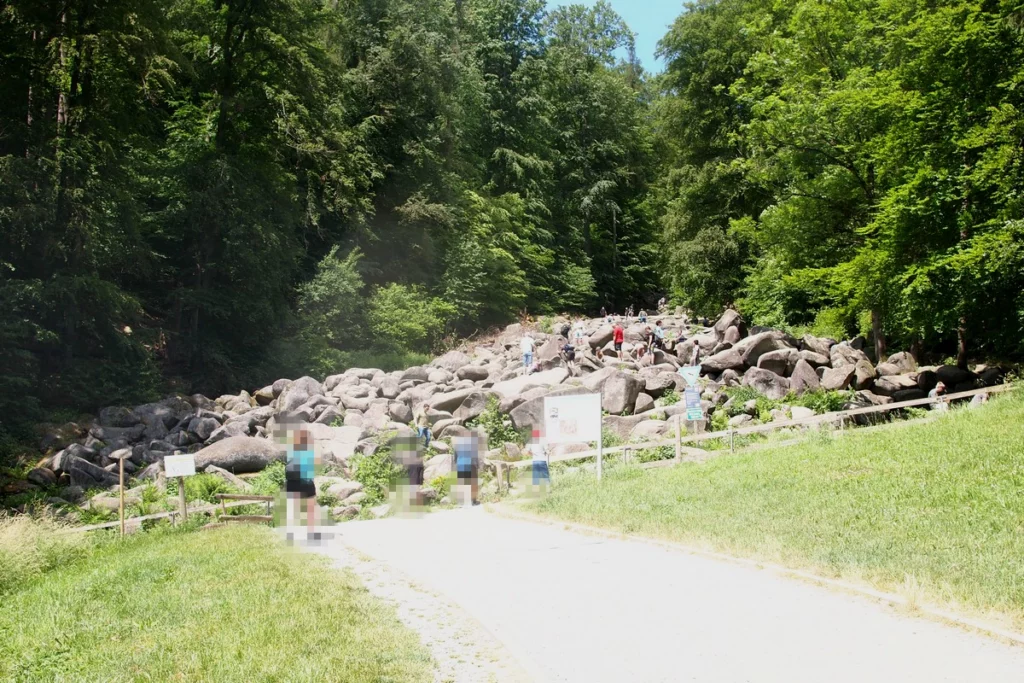

We compare the size of the people with the size of the pebbles. This is about a sixth of the stone tongue.
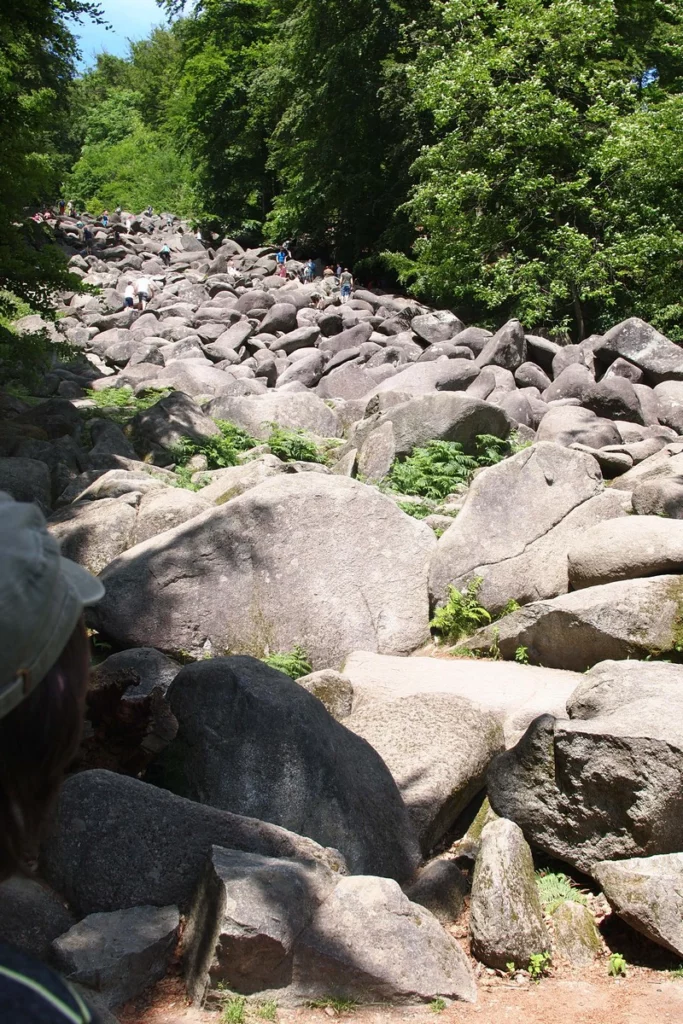
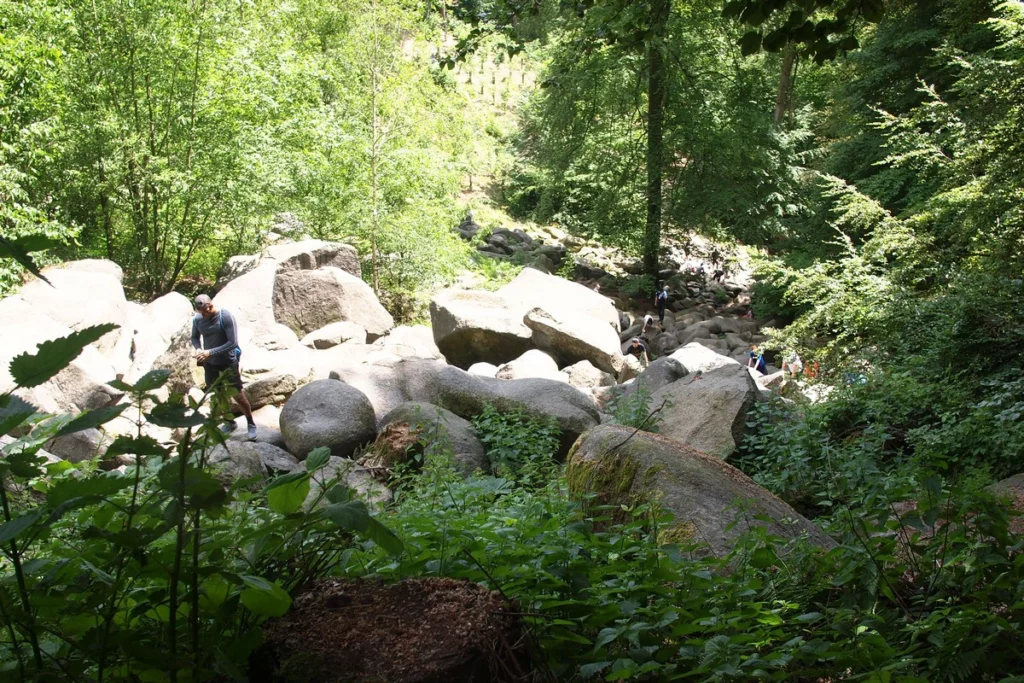
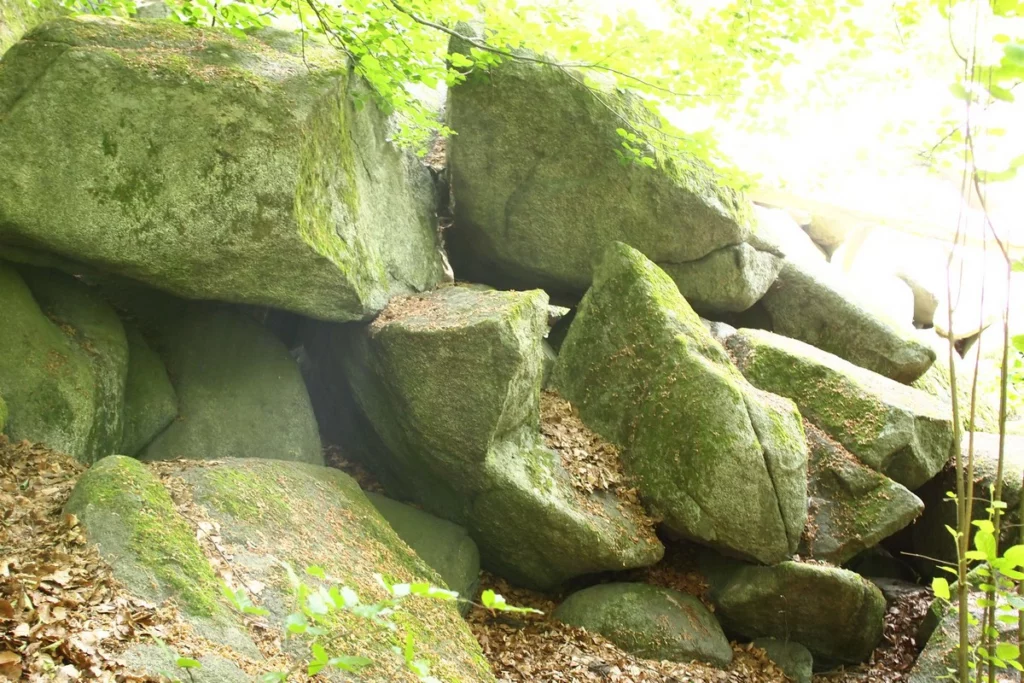
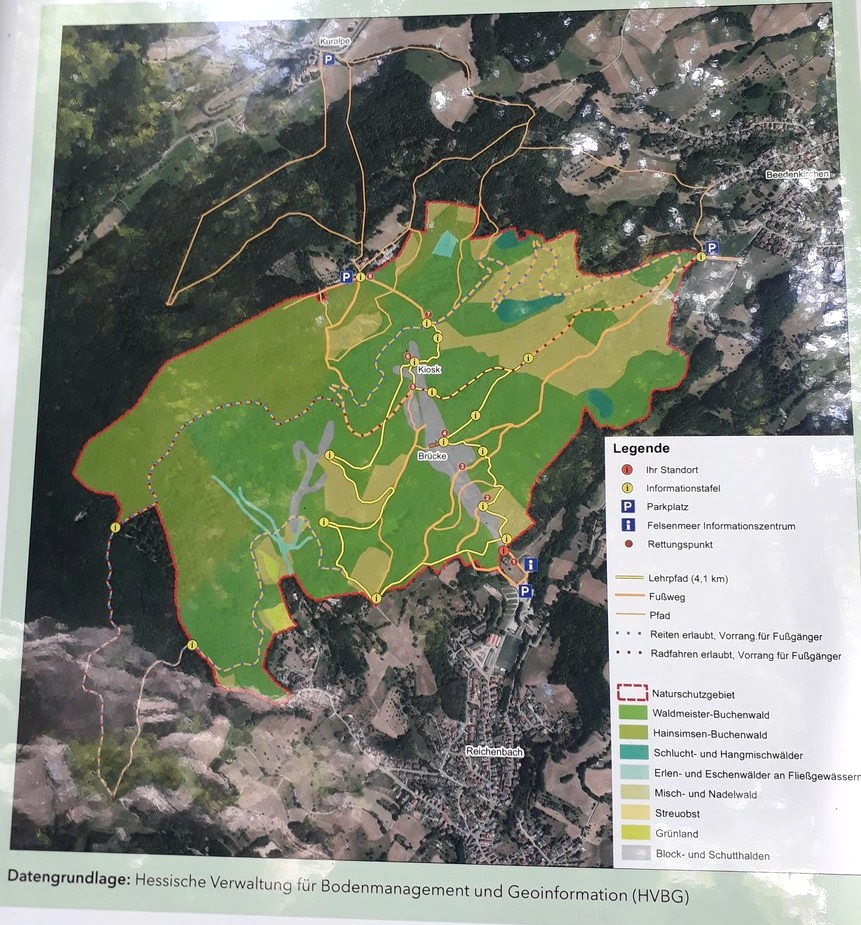
The “deposit” was used by the Romans, which is why the information center has a reconstruction of an ancient Roman saw.
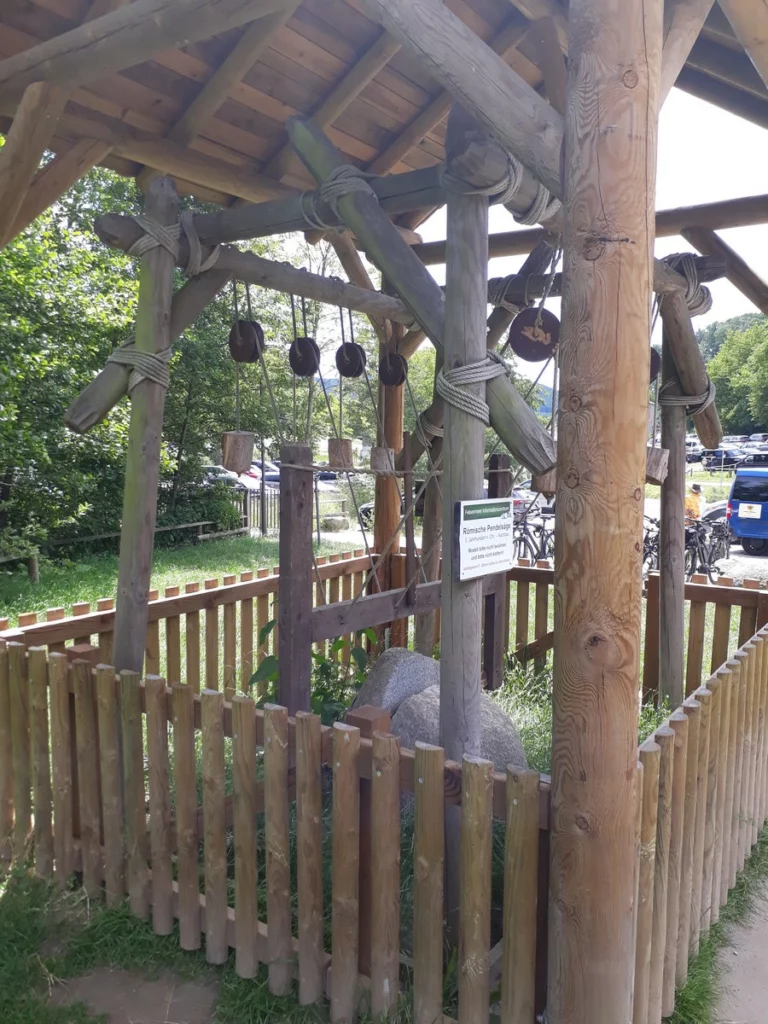
Cycling route Weinheim – Lorsch – Bensheim – Weinheim
If you go in the order given, there are almost no climbs. The negative aspects include the need to go next to B3, which is very actively used.
If you can’t see the map, turn on ads and cookies.
Weinheim
Read a separate topic about Weinheim – Weinheim Old town
You can get there by train and tram 5 from Heidelberg or Mannheim.
Lorsch monastery
Former imperial monastery of Charlemagne, founded in 764. Included in the UNESCO list. The monastery existed until the 30 Years’ War. Link
You can get there by train
Several buildings have survived (the royal hall, a fragment of a wall and a fragment of the basilica).





Nearby, the Lauresham open-air museum is dedicated to life in the early Middle Ages.

The fields along Bergstrasse are particularly teeming with hares. On one particularly successful trip I counted nine in four hours.

Heppenheim
The small but very picturesque old town of Heppenheim is not located down by the road, but up above, which is not obvious and poorly marked. And while you can easily skip Bensheim, Heppenheim is worth a stop.
You can get there by train.
The houses of the old town date back to the 17th century. The church was built at the beginning of the 20th century.
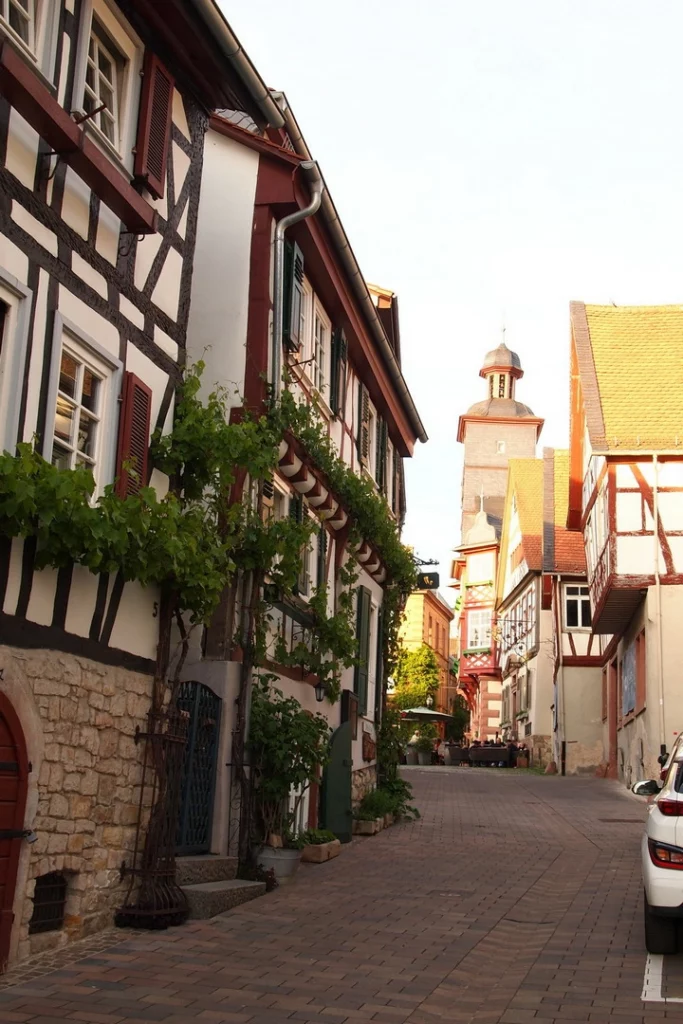




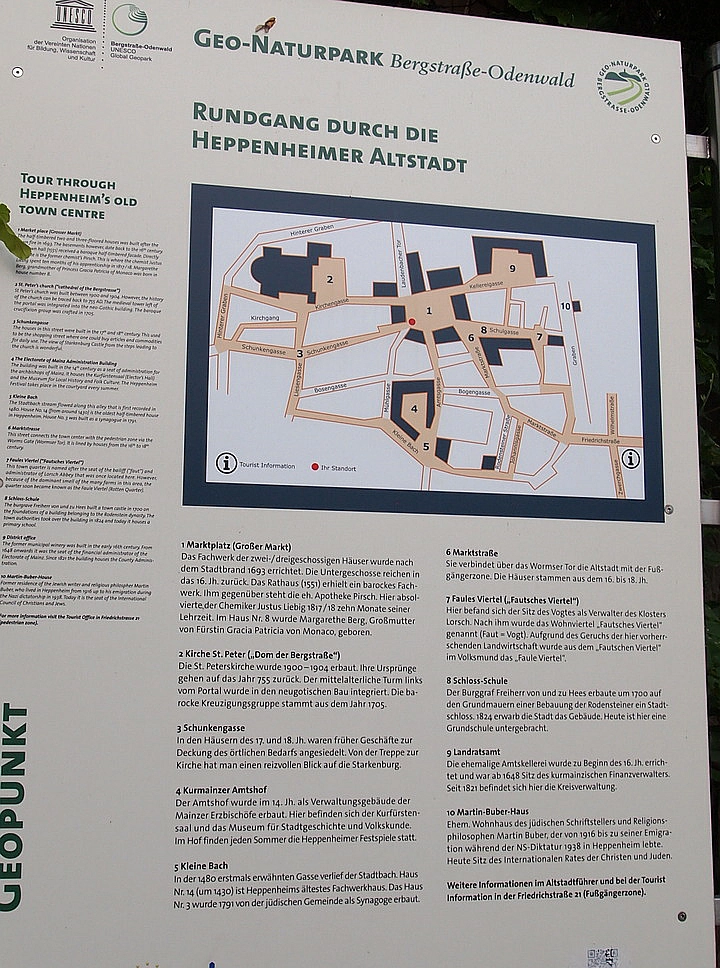

Schriesheim
Old town, castle ruins on the hill
Anna Elizabeth Mine – silver mining in the Middle Ages Link
Ladenburg
Ladenburg was an administrative center under the Romans. Since then, the foundations of the fortification and harbor have remained. Roman finds are on display at the Lobdengau Museum, which is located in the former episcopal residence. Link
Also included is the old town, the Gothic church, the Karl Benz House Museum and the Benz Factory (the museum is open 3 days a week) Link.
The old town of Ladenburg is unexpectedly beautiful.
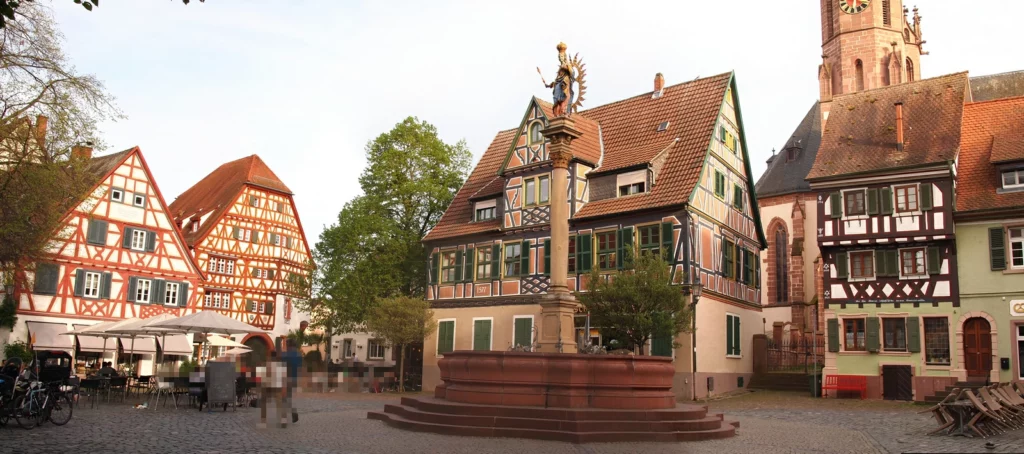

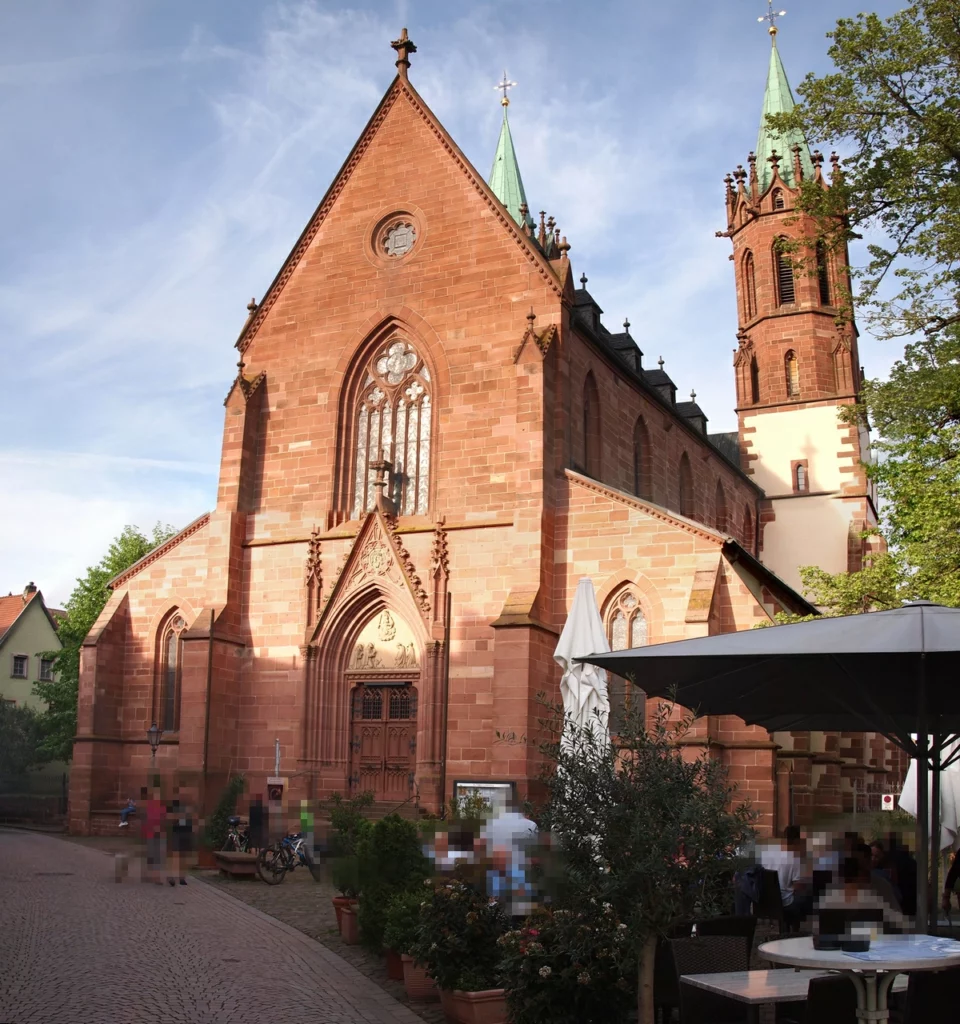
At the factory you can see a collection of Benz cars, including the one in which Bertha Benz went on the first ever long journey by car. The museum is not very large, but very informative, you can spend a lot of time in it if you study all the details and carefully read the signs.
In addition to the first Benz cars (and here are two of the three surviving cars in the world produced at this first factory on display), there are also Benz-Daimler cars and several from other manufacturers (old Fords, for example), a number of bicycles and smaller exhibits. One room is dedicated to sports cars – from old ones to Formula 1 (Mika Hakkinen’s car). The museum is definitely recommended.
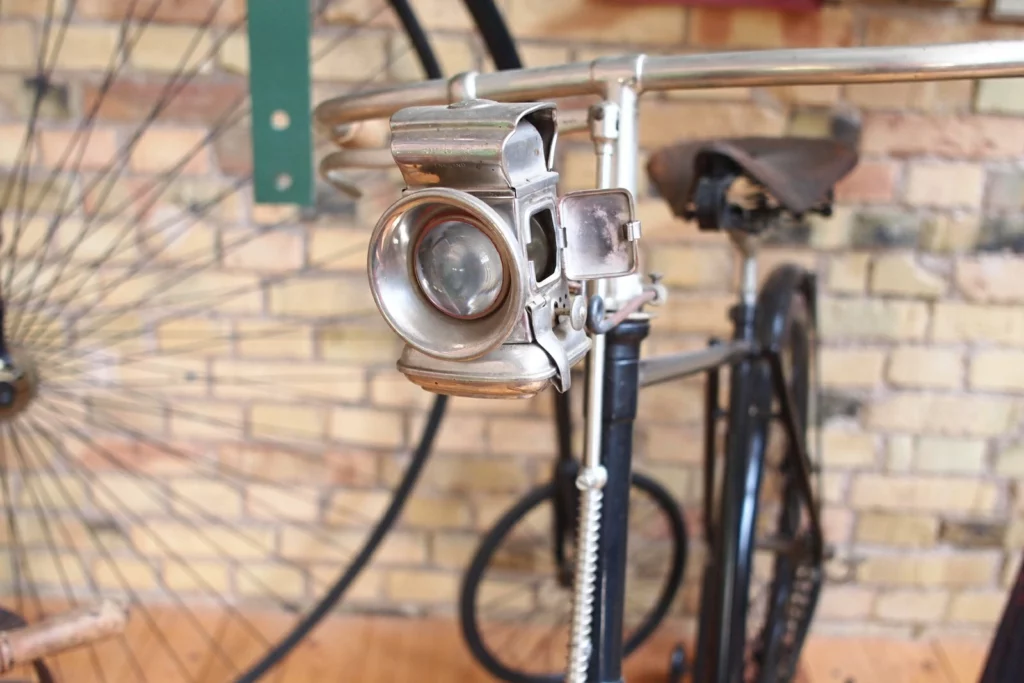
The mannequin, of course, is superfluous – it doesn’t look like Bertha Benz at all. The story of Bertha Benz’s journey to Pforzheim is told here in more detail than in other museums; hairpins and stockings, which were used to repair and improve the mechanism, and bottles of fuel from the pharmacy are on display. Of course, this was not a trip to the ends of the world, but still with children, on a completely new type of vehicle and Pforzheim is not a neighboring city.

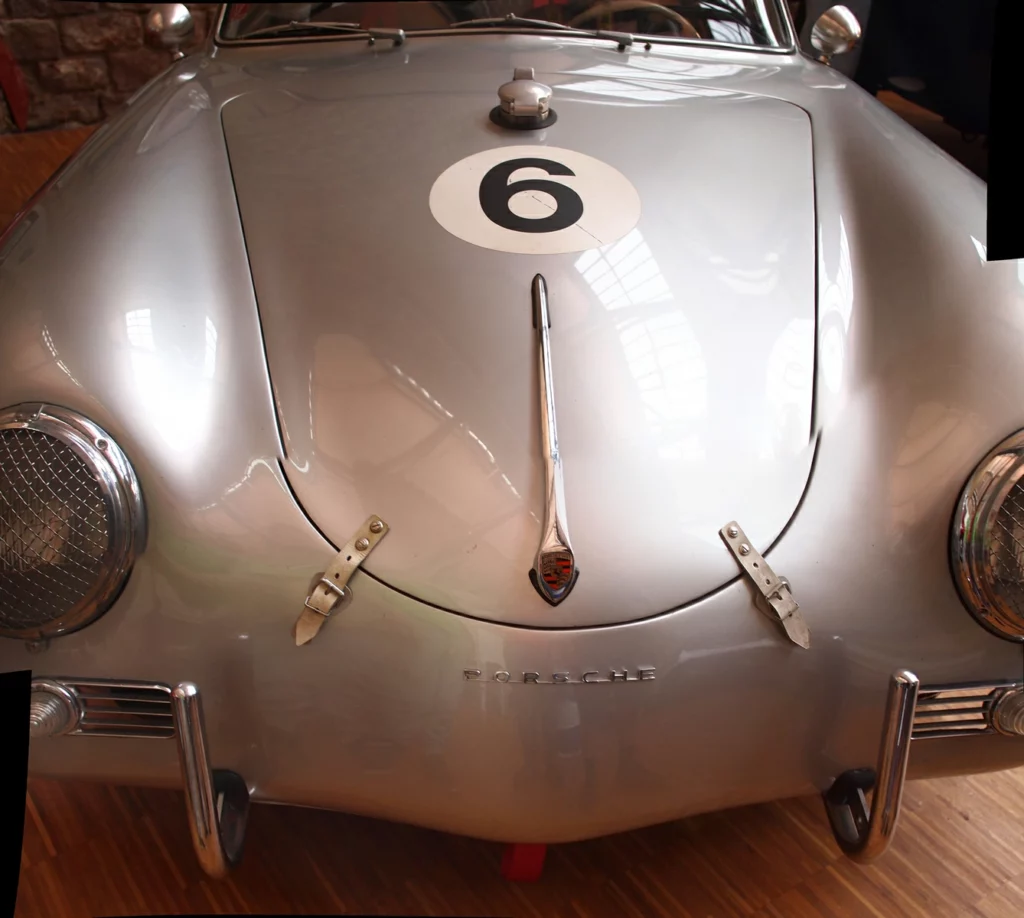
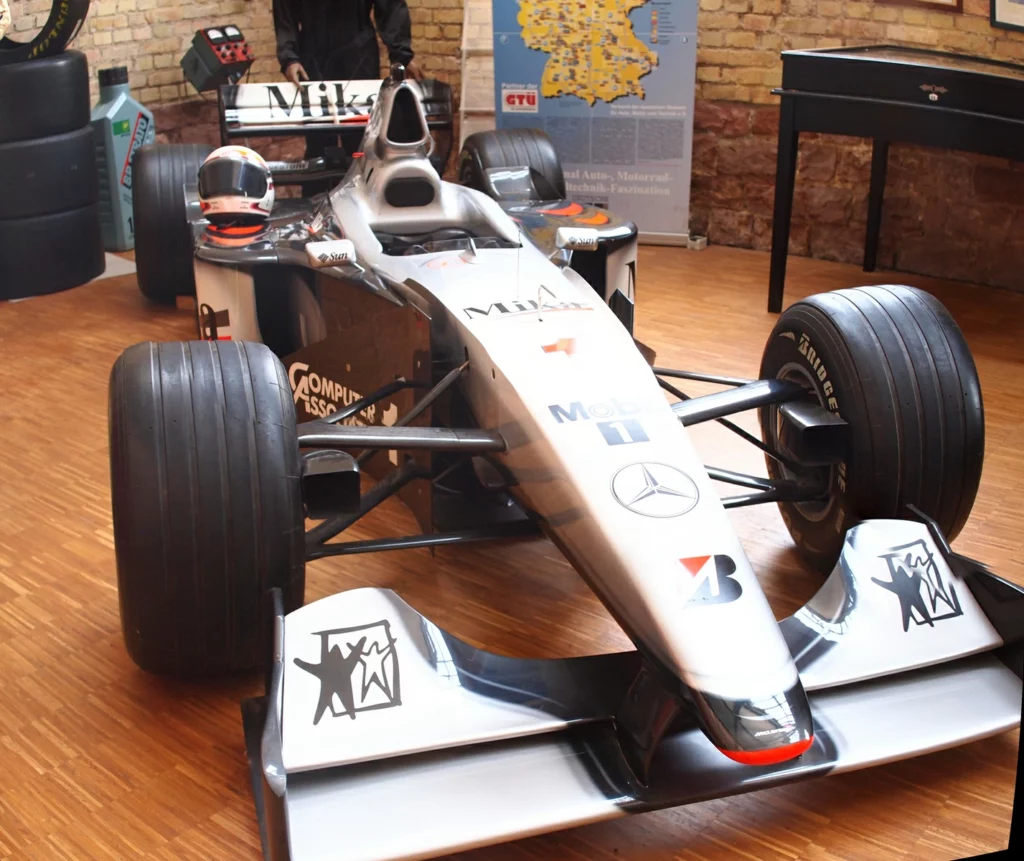
Cycle route Ladenburg – Heidelberg – Dossenheim – Schriesheim
Bergstrasse is also a “flower” route, at least in April. The triangle Ladenburg – Heidelberg – Schriesheim is suitable for a spring trip, including with children.
The road is flat almost all the time, with the exception of a few places (indicated by an arrow). You can park in the large parking lot indicated on the map. There is a ferry nearby, very inexpensive.
If you can’t see the map, turn on ads and cookies.
Blue marks the most comfortable roads (bicycle roads or very quiet local roads), crimson marks bicycle lanes or city streets without active traffic separated from the road by a line, red marks roads. Blue circles and M marks landmarks and museums.
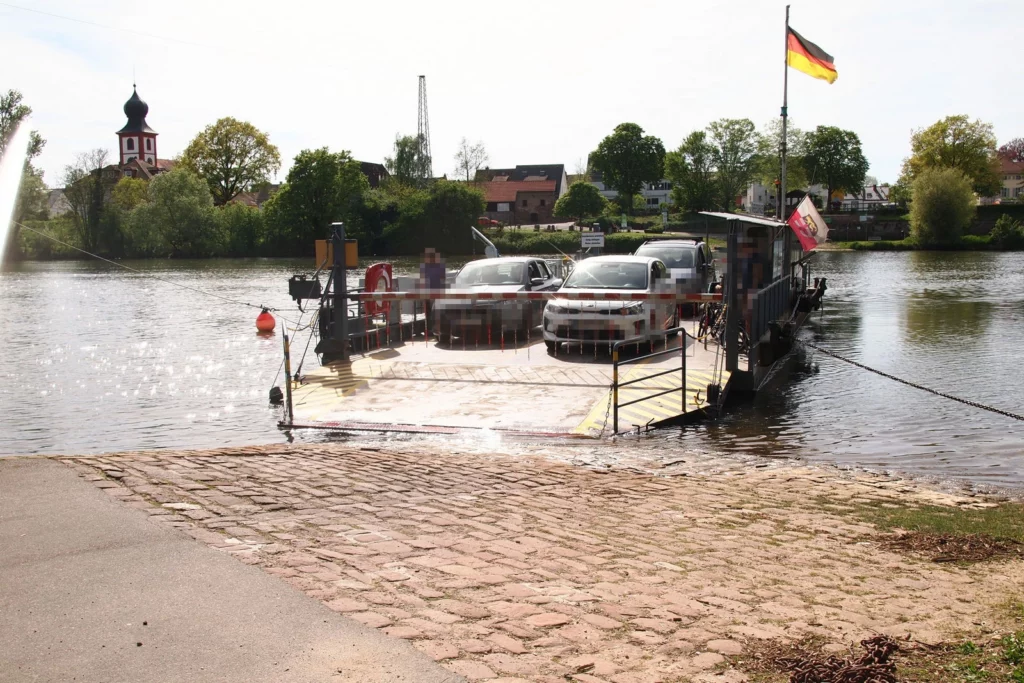


Castle ruins on the outskirts of Heidelberg (Handschuhsheim)

Odenwald sightseeing
Maps nearby:
North: Spessart. Mespelbrunn castle
East: Romantic Franconia
From Ulm to Ellwangen. Albtrauf and Bavarian Swabia
North-West: Attractions around Frankfurt am Main, along the Rhine to Koblenz
Castles on the Middle Rhine on the map. 1. From Rüdesheim to Bacharach
South: Castle Road (Burgenstrasse). 1. Neckar cycle route Mannheim – Eberbach
Castle Road. 2. Neckar valley cycle route. From Zwingenberg to Bad Wimpfen
Castle Road. 3. From Sinsheim to Rothenburg ob der Tauber
90+ parks and gardens in Germany on the map
Do you enjoy the site without cookies? This means that I work for you at my own expense.
Perhaps you would like to support my work here.
Or change your cookie settings here. I don’t use personalized ads

